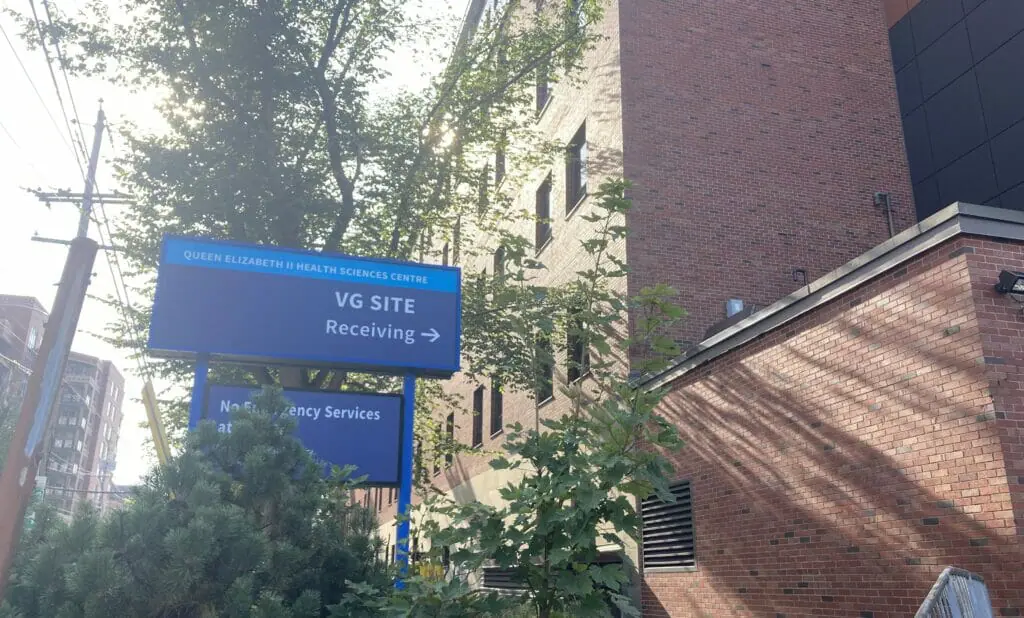It’s no secret Nova Scotia’s health-care system is overwhelmed. Accessible health-care is important to students, especially those no longer under the umbrella of a parent or guardian’s health coverage. I’m glad that despite the province’s hindered medical system, Dalhousie University has options to support students. But are they enough?
I’m lucky to have grown up in Nova Scotia, with access to my parents’ medical insurance. For many other students, especially those from elsewhere in Canada or the world, getting health coverage is stressful.
As of August, 105,000 Nova Scotians were in need of a primary care physician and registered with Nova Scotia’s Need a Family Practice registry. The need for doctors grows with the influx of students entering the province each year. Roughly 36,000 students were enrolled in Halifax universities and colleges in 2021.
Fortunately, Dal has a student health plan including coverage for vision, dental, travelling, accidents and more.
Health-care help from Dal

By examining Dal’s health-care options, I learned there are a lot more programs offered virtually and on campus than I thought.
LGBTQ2SIA+ services, Drug and Alcohol Aid and STI Clinics are just three of many services Dal provides. This comes as a relief with the Nova Scotia health-care system under heavy stress in part because of its aging population and COVID-19. Reports from the Conference Board of Canada predict health-care needs for the aging population will drive the system’s costs up.
Not all students feel relief from Dal’s medical offerings, however. Meredith Gusnowsky, a second-year kinesiology student at Dal, is passionate about accessible health-care.
“In theory, these options are great as they’re close to campus and cover a wide variety of mental and physical care. But in practice, I was put on a waitlist in January and haven’t heard from anyone since,” said Gusnowsky. “It’s a problem of having a lot of people needing help but not enough people to respond to that need,”
Gusnowsky’s point is taken, whether or not most students have been satisfied with Dal’s services.
Digital care and waitlists
Something I’ve come to appreciate amidst the health crisis in Nova Scotia is digital access to medical help.
I’m not confident about the state of mental health services in Nova Scotia. But I’m grateful there are virtual options that don’t require long waits to speak to someone.
Togetherall and Therapy Assistance Online (TAO) are perfect examples of helpful mental health services if you prefer self-assessments and working at your own pace. TOA offers modules on a variety of different mental health topics.
In terms of physical care, I’ve had many direct and indirect dealings in central and rural areas of Nova Scotia. Some relatives of mine are on multi-year waiting lists for health services because of a lack of capacity and staff shortages. There are as many as 26,000 patients on waitlists for surgery in Nova Scotia as of May.
Reaching a solution
Our health-care system has seen better days. I believe the only way we can fix this is by listening to people on the front lines. Take Tim Houston and his Speak Up for Healthcare – What We Heard Report.
Houston’s report was published last February and expressed the thoughts of health workers across Nova Scotia. The province’s medical staff discussed solutions to the apparent problems in our health-care system via a roundtable format.
I agree with them. By focusing more on preventative measures, we could alleviate stress on our physicians and put more power into the hands of the people.
Health-care workers also suggest the province team up with organizations to provide housing, food security and living wages, so fewer people need to visit the hospital for non-emergencies.
Another idea to shorten the backlog of patients is to create more entry points for primary care physicians. With so many Nova Scotians without family doctors, many turn to alternative health-care services, such as our local emergency rooms.
On page 25 of Houston’s report, someone from one of the roundtables said the province has “existing human resources… that can alleviate much of the pressure being placed on primary and secondary care. They just need to be able to operate to their full scope of practice.”
While there is a lot that needs improvement in our local health-care system, students are not alone. Although Dal’s medical services, community-based care and digital resources don’t fill the gaps for all students, they help. Hopefully, our province finds a long-term solution soon.


Recent Comments